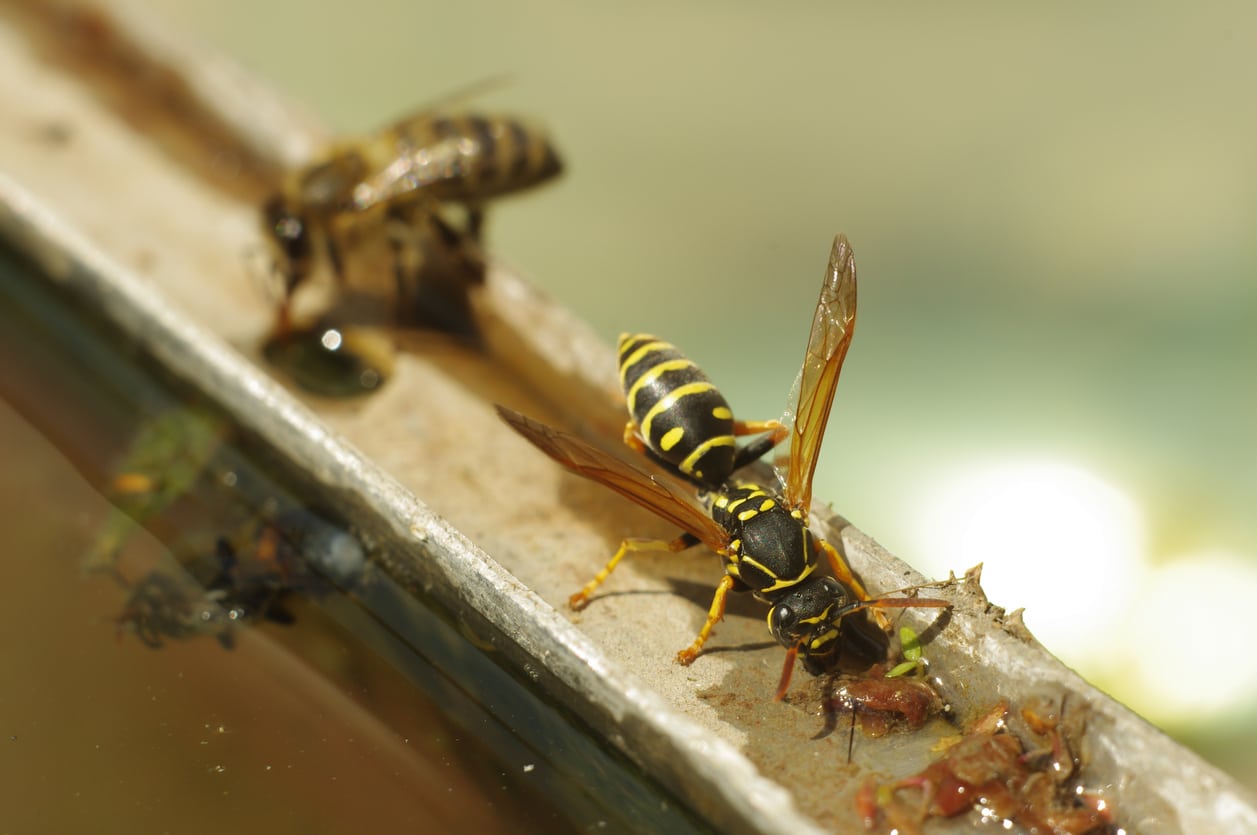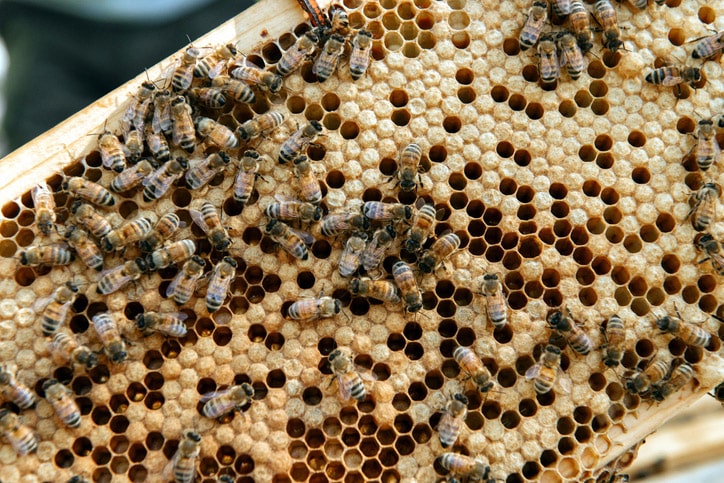Bee Control
There is a high probability of an infestation if there is a notable presence of bees around your commercial business or home. It is not recommended to take action yourself unless you are experienced and certified. Despite their small size, their aggressive nature should not be underestimated especially when provoked. Bees only attack humans in self-defense. Therefore, avoid bees and their hives at all costs. If the presence of bees is noticed in the vicinity, it is highly recommended that you call a specialist like Majestic Pest Control immediately.
Our professional exterminating services will safely remove bee hives, wasps, and other dangerous pests from your property in the Long Island and Hicksville, NY area. When hives pop up in undesired locations, the ideal solution is to relocate them. Our pest control experts are trained in the delicate task of removing bees without harming them. This is important because of the crucial role bee pollination plays in the world's ecosystem. We possess specialized bee and wasp control equipment that can effectively extract hives from walls, attics, trees, and more. When you have a bee infestation problem or other pest control issue, reach out to our professional exterminating service to address your concerns. We will typically be able to resolve the situation in a manner that saves you from stings and allergic reactions while still contributing to environmental conservation efforts.
A swarm is a group of bees looking for a new place to build their home. The large group of bees may be resting or flying together in a swarm, on a tree, or in the open. Usually, a swarm has no interest in harming humans; they are looking for a new home and are therefore harmless. However, letting a swarm reside on your property could lead to a permanent settlement of the swarm of bees. They often create their colony in the roof, on a tree, or in the eaves of the house. It is recommended to remove the swarm immediately before a colony has settled. The first step is identifying the type of bee being dealt with.
If a beehive is left unattended, it could be a great risk to the health or life of people with bee venom allergies. Beehives can often be located in areas that are not easy to reach. If the hive is located in the attic, they make their way out through the fireplace and into the house when in search for food. At this point, it is recommended to hire a professional bee extermination company to locate the beehive and get rid of it so as to avoid the issue to happen again.
Bee extermination is when a chemical is used to evacuate the bees from the beehive. This is a job that should be done by specialists who understand bee behavior and are equipped with appropriate safety gear and the proper chemicals.


How We Eliminate Bees
Turn to the Professionals for Bee & Wasp Removal
Hiring professionals for bee hive and wasp removal is crucial in order to maintain a safe and environment. Professional exterminating services, like those offered by Majestic Pest Control, utilize specialized equipment and methods to safely manage infestations. Our pest control experts are trained in bee control and wasp control, ensuring efficient removal without harming the essential insects or the environment. Attempting to handle such tasks on your own can lead to potential risks, including stings and allergic reactions. Trusting professionals ensures the job is done right, protecting your property and health.Signs You Have a Bee or Wasp Problem
Visible Nests: Hives or nests in attics, trees, or attached to the structure of your home.
Damage: Unexplained holes in wood or chewed materials could indicate nesting.
Aggressive Behavior: Bees or wasps becoming territorial or aggressive when disturbed.
Regular Sightings: Frequent encounters in specific areas of your property.
Bee & Wasp Removal Methods
There are various ways, ranging from carpenter bee traps to beehive removal. A carpenter bee trap works by tricking the bees into getting trapped in an empty bottle by going through a hole in a piece of wood. The source of the problem is not addressed with the carpenter bee trap and is therefore not a reliable technique for bee control since only some bees will be trapped, but the infestation is not dealt with. Vacuuming or covering the hive with plastic to heat it to unfavorable conditions for the bees are also other methods of bee removal. These methods could be ineffective and could also cause the bees to attack. Calling Majestic Pest Control or a beekeeper is the best solution and the most recommended. Professional bee hive removal reduces the chances of structural damage to the hive.
Bee & Wasp Removal Benefits
While bees and wasps aren’t as dangerous to your home as some other insects they can still cause problems.

